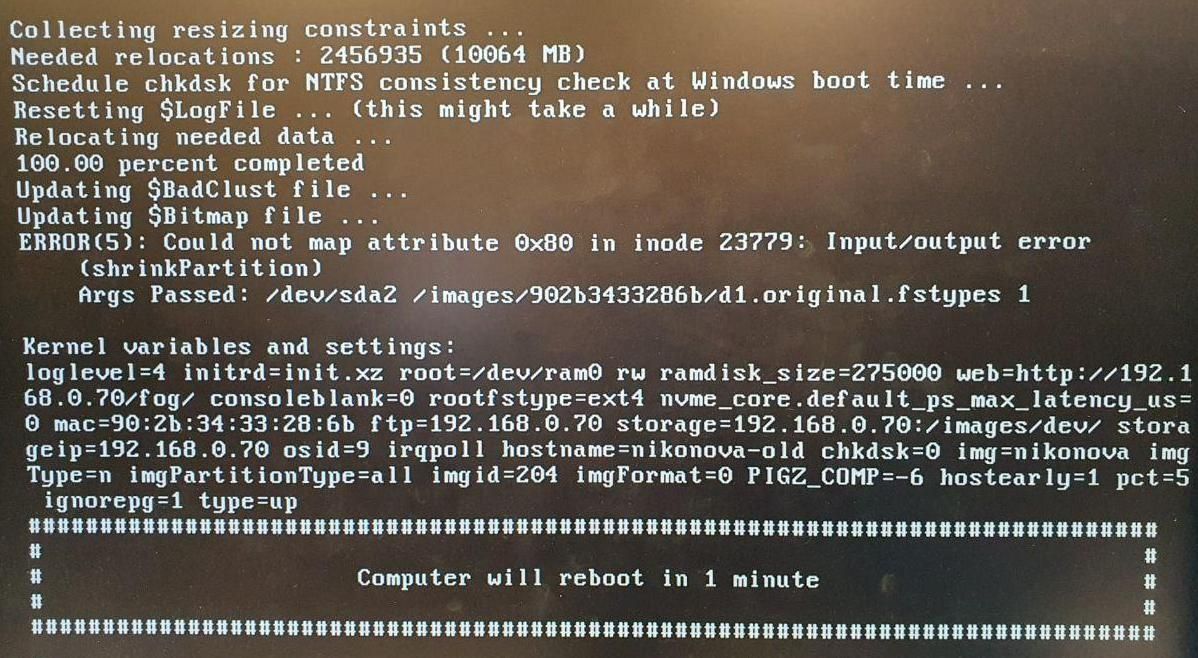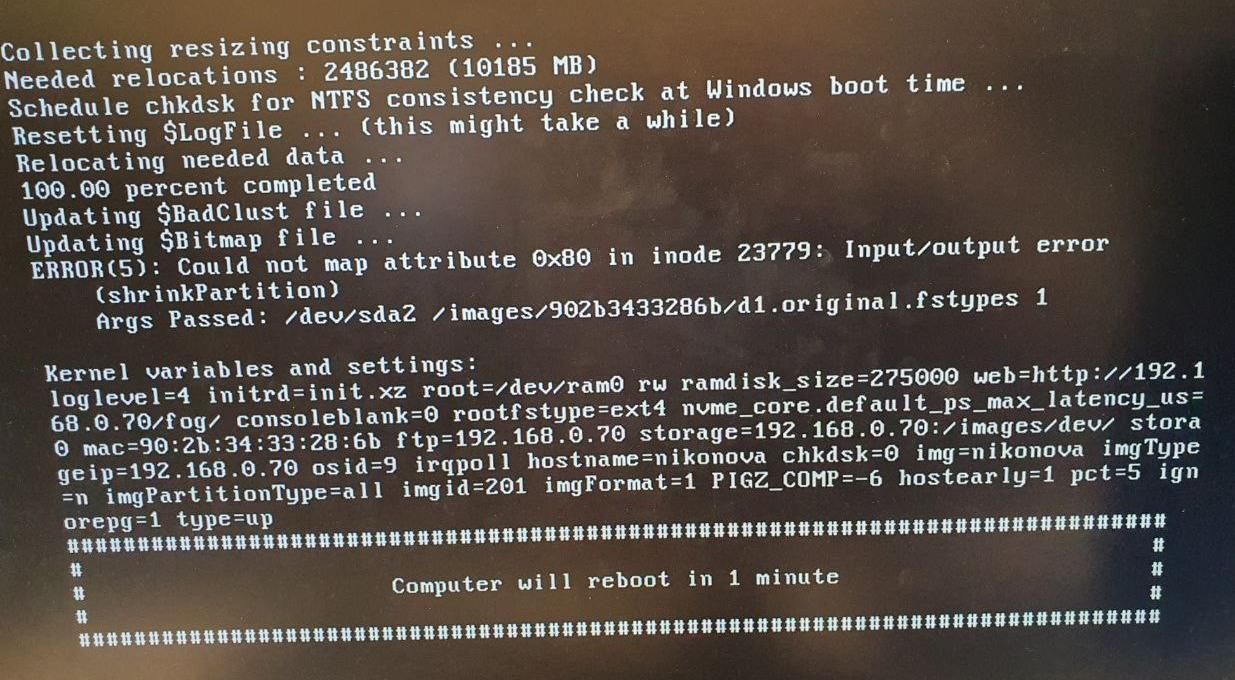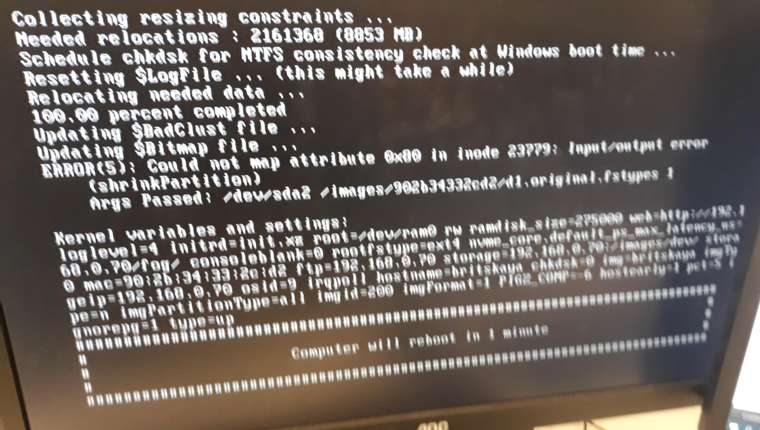Before deploying Windows 10 Pro x64 to PC, UEFI BIOS boot order is:
#1 - UEFI: PXE IPv4 Intel I211 Gigabit Network Connection
#2 - Windows Boot Manager
After deploying Windows 10 Pro x64 to PC, Windows 10 once changes UEFI BIOS boot order itself to:
#1 - Windows Boot Manager
#2 - UEFI: PXE IPv4 Intel I211 Gigabit Network Connection
How could I prevent Windows 10 to change itself UEFI BIOS boot order after deploying?
Some information:
I experience such problem on Asrock-X570 Phantom Gaming4, MSI Z370-A PRO, MSI H270 PC MATE, MSI H170A PC MATE motherboards. But MSI Z77A-G43 motherboard is OK, Windows 10 doesn’t change itself UEFI BIOS boot order after deploying.
Fog settings:
EFI BOOT EXIT TYPE - REFIND_EFI
BOOT EXIT TYPE - SANBOOT
Windows image: WIndows 10 20h2 Pro 64 bit with GPT partition tables


